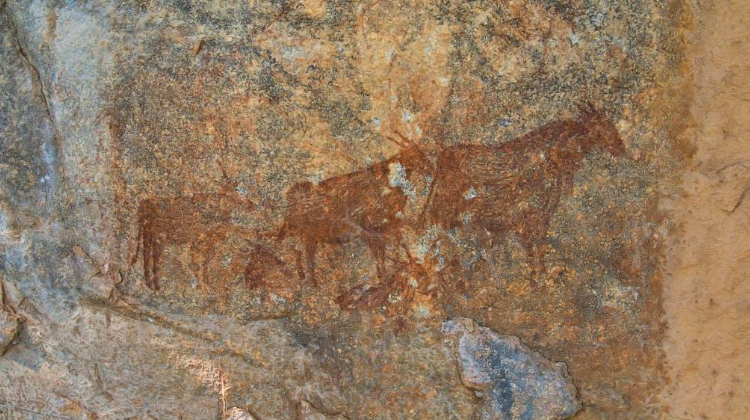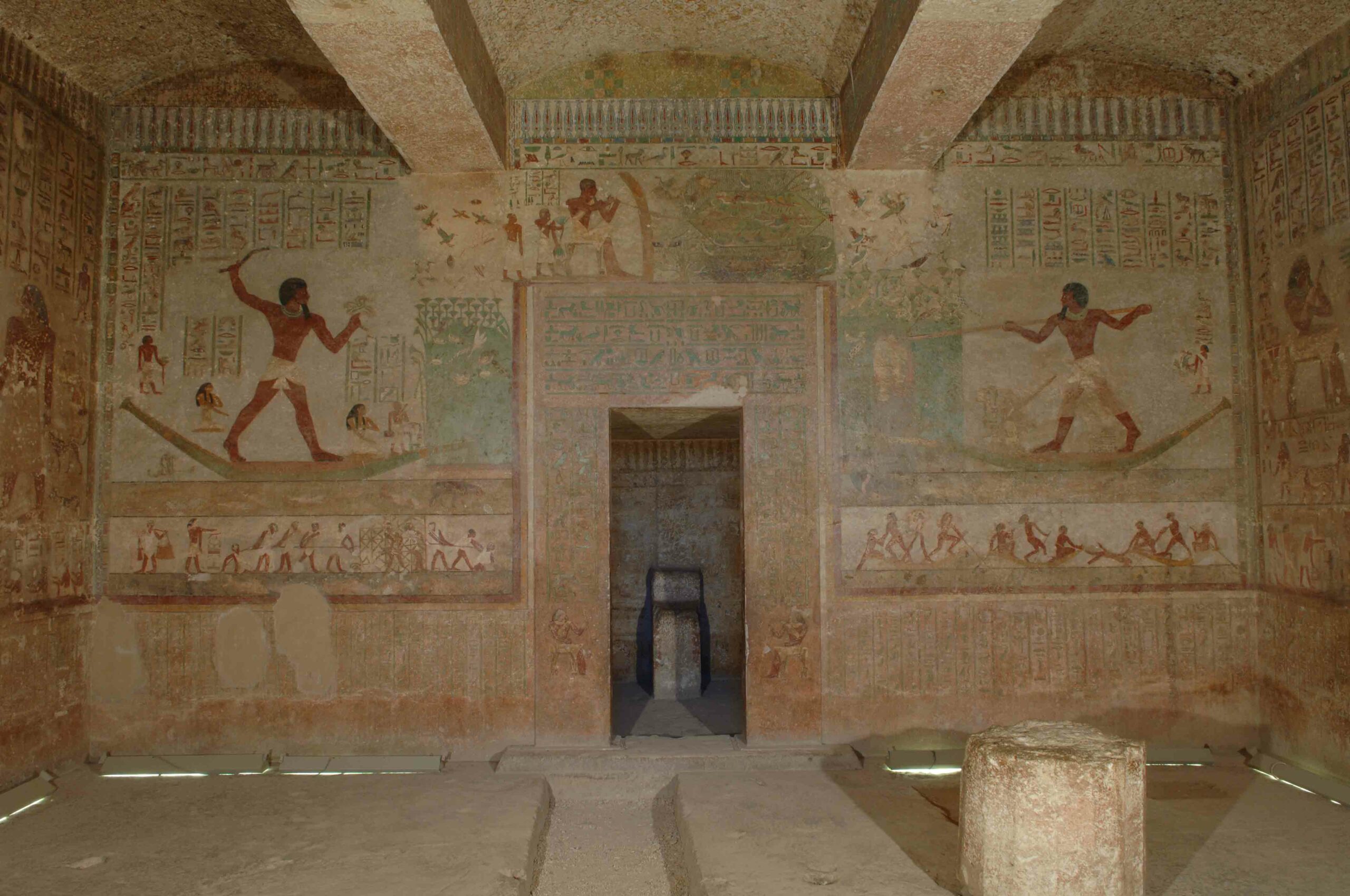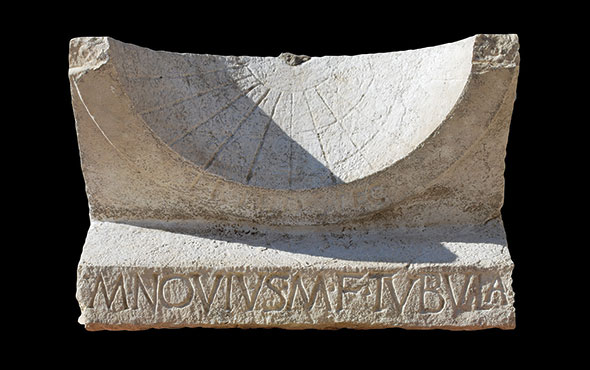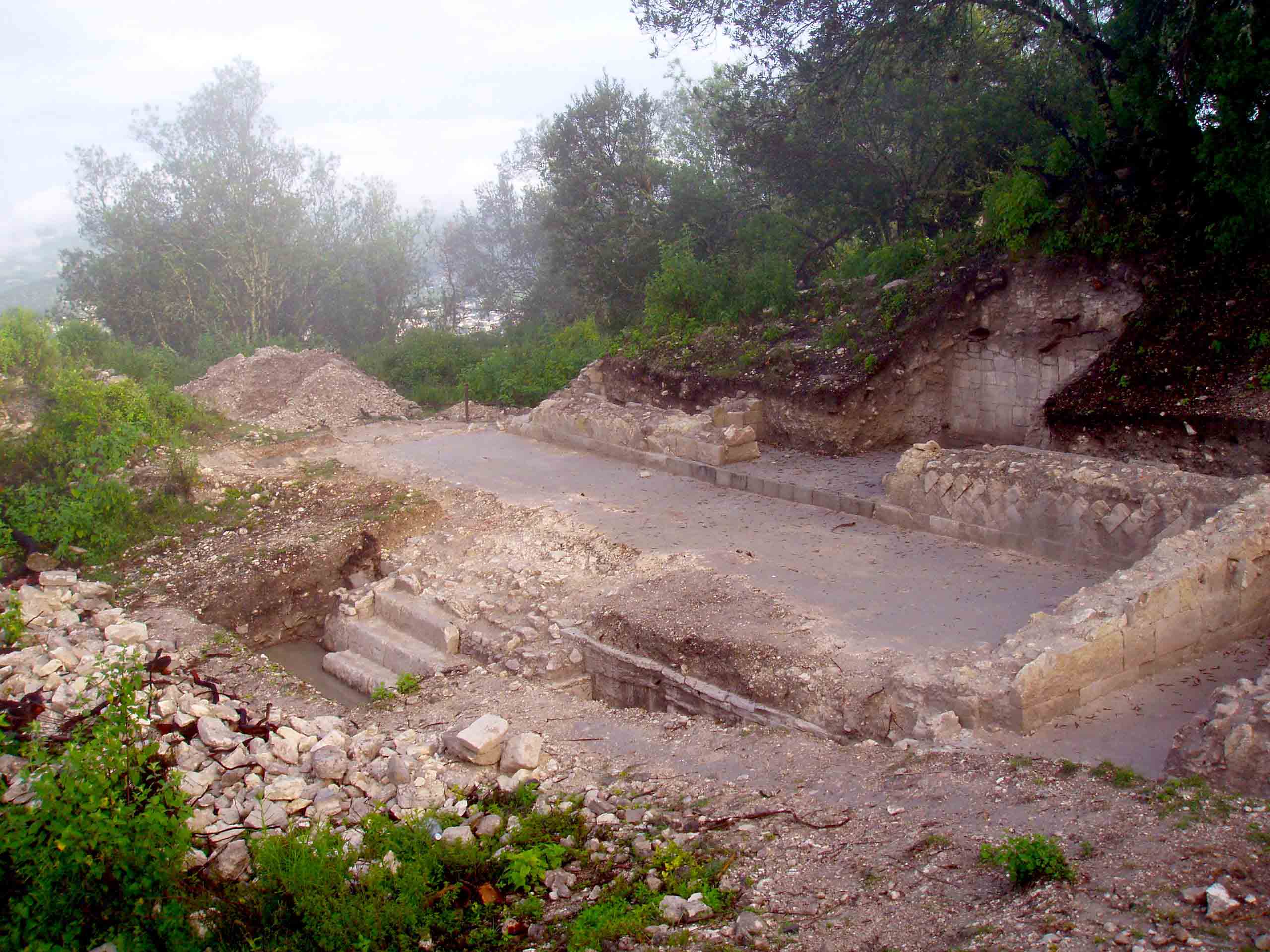
KRAKOW, POLAND—Science in Poland reports that archaeologist Maciej Grzelczyk of Jagiellonian University has found hundreds of ancient rock paintings spread out over more than 50 locations in Tanzania’s Swaga Swaga Game Reserve. Grzelczyk said the paintings, made with red or white pigments, resemble those at Kondoa, a nearby UNESCO World Heritage Site. Many of them are so faded they can only be seen with special camera filters. “Red paintings are particularly varied: In addition to the images of animals, there are also meteors or comets,” Grzelczyk said. Some of the images may be baobab trees. “Perhaps we are dealing with images related to mythology—according to the local beliefs, baobabs played an important role in the creation of mankind,” he explained. He added that the white paintings are thought to have been made more recently, yet were never placed over the earlier red images, perhaps as a sign of respect. The white paintings often feature giraffes and elephants, and may have played a role in fertility rituals, since the animals are often shown pregnant or during delivery. To read about early hominin footprints found in Tanzania, go to “Proof in the Prints.”










